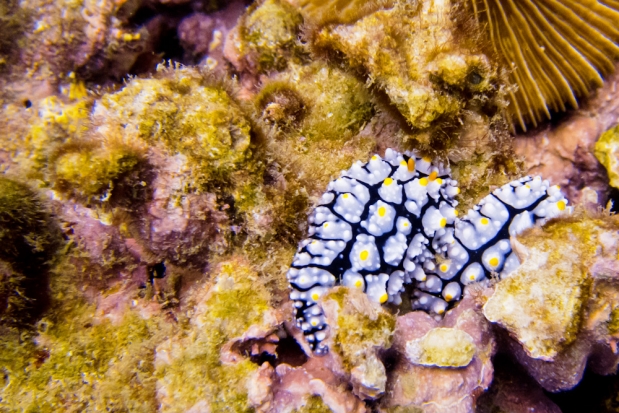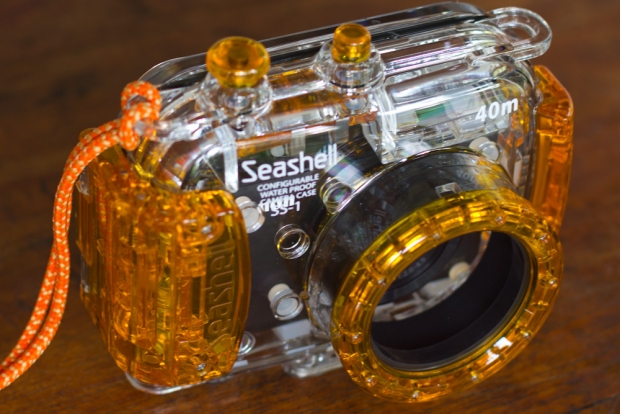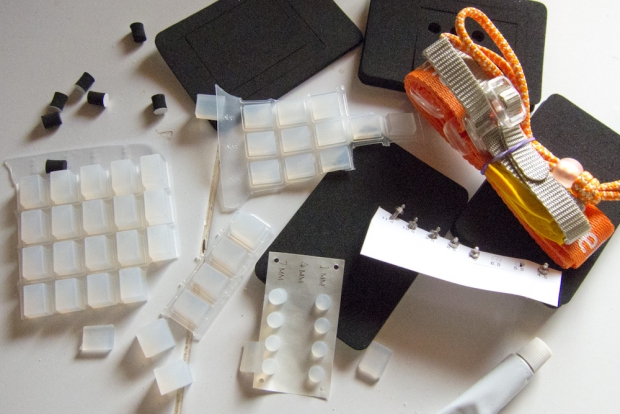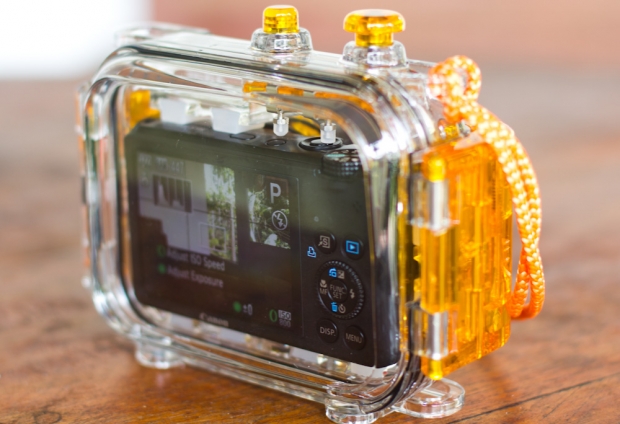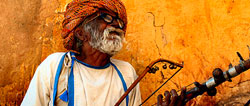
I first covered Earth Shots, the photo of the day contest, back in November 2006 and ever since, I have displayed their photo of the day widget in the side bar of Photocritic (see right!). Even when there’s a rather long time between updates, I keep checking back on my own site just to have a quick look at what the talented Earthshots submitters are up to.
It’s surreal to think about it, but this week Earth Shots celebrated their first birthday, and what an incredible first year it has been! Scanning through their archives you can see 365 fantastic images of our planet and among them are some truly spectacular shots.
To celebrate, I got the guy behind Earth Shots – Will – to pick some of his favourites. 12 months, 12 pictures – makes perfect sense, yes?
1. Music Man of Jaipur by Sam Stearman »
![Music Man of Jaipur]()
Will: This was one of the first images to be shown on Earth Shots. For me it epitomises a great travel photo; it’s exotic, vibrant and full of character.
Haje: I love the colours in this shot – there’s something incredibly passionate about it. Gritty, well-composed, and genuine. Oh, and did I mention the colours?
2. Rainier Fall by Dean Zulich »
![Rainier Fall]()
Will: This was the most viewed photo of the year on EarthShots.org (mainly thanks to StumbleUpon). It is technically excellent and has been processed to perfection; it is razor-sharp, vivid and well composed – a textbook landscape image.
Haje: I can’t fault Will on this one – it’s a positively stunning photograph. There are so much potential for screwing this one up, but the composition is flawless, and yet again, the colours are wildly attractive.
3. A Potter Wasp by Poras Chaudhary »
![A Potter Wasp]()
Will: This is a wonderful macro shot that has been perfectly set up and executed by the photographer. The lighting, composition and timing are all top-notch.
Haje: As some of you will have noticed, I know a thing or two about macro photography, and this photo embodies everything I love about the genre. I wish the background was slightly differently coloured to make the foreground stand out better, but that’s nitpickery – a masterpiece!
4. Eagle Snatch by Mart Smit »
![Eagle Snatch]()
Will: This is a spectacular photo which illustrates both the power and grace of nature. Another well-timed and technically excellent shot – it takes a skilful photographer to keep a fast flying bird in the centre of the frame with a telephoto lens and to snap such a sharp image!
Haje: There is nothing shy about catching this photo – it must have taken the photographer days of patience and scores of attempts. Boy, did it pay off: I’d be very surprised if they didn’t make a small fortune of it as a stock photo.
5. Tse Bighanilini by Hans van de Vorst »
![Tse Bighanilini]()
Will: There is a strong sense of both art and earth in this image… it is the perfect expression of Earth Shots.
Haje: I’m a sucker for unique textures, crazy colours, and inventive lighting, and this photo really ticks all the boxes. It captures the true beauty of the earth, ironically, by making it look like what I imagine a martian landscape would look like.
6. McNaught’s Comet by John White »
![McNaught's Comet]()
Will: This photo adds an extra-terrestrial dimension to Earth Shots. It is a reminder that our Earth is just a small part of an infinitely large and wonderful universe that lies out beyond our reach.
Haje: Night-time photography is a past-time that many photographers give up all too soon. It’s truly inspiring to see White’s interpretation of what happens at night captured this beautifully. Of all of these photos, I think this is the one that got my shutter-finger twitching the most. I may just have to dust of the ‘ole lenses, and see if I can capture something similar some day. I doubt it though.
7. Dancing Japanese Cranes by Simone Sbaraglia »
![Dancing Japanese Cranes]()
Will: Art and the grace of nature again meet in this exquisite shot of dancing cranes. The symmetry and monotones make it all the more striking.
Haje: This photo agrees with my sense of minimalism and high contrast. I find it a bit disturbing to look at, actually: the first impression I had of this photo gave me images of melodramatic death – not really a picture I want to associate with cranes.
8. Looks Like Hail by Steve Wall »
![Looks Like Hail]()
Wil: This image shows an incredible natural phenomenon that looks like something out of a sci-fi movie. These striking clouds helped make this the second most viewed photo on Earth Shots (again thanks to StumbleUpon).
Haje: This has been one of my all-time favourite Earth Shots photos. I described it to a friend on the bus once, as ‘imagine a flock of sheep captured in a supernova, but with a wind mill in front of it’. Okay, perhaps not the greatest of descriptions, but it’s one of those photos that really stick with you in your mind. Fantastic.
9. Tea Plantation by Katie Doran »
![Tea Plantation]()
Will:A beautiful abstract photo; the shades of green, the curve of the hill and the patterned plants makes this one of our most delightful images.
Haje: There is something stunning about combining a monotonous colour palette with wildly varying hues, textures, and the grandeur of rolling hills. I adore this photo for so many reasons, but I think my adoration of it doubled when I discovered what it actually depicts. Black, two sugars, please.
10. Viper by Gunter Leitenbauer »
![Viper]()
Will: Another technically excellent photo; the background blur (bokeh) is to die for! You almost feel like the snake could jump out of the photo at any second.
Haje: A great example of how carefully applied narrow depth of field can add a tremendous sense of speed and urgency to a photograph. It is as if the photographer had to take this photo and get the hell out of the way. The tension is really what makes this picture work, and there’s plenty of that.
11. Jurassic Park by Dennis Walton »
![Jurassic Park]()
Will: This is like looking back in time at a world that is still being forged by the elements. The shadows created by the low sun emphasise the scarred texture of the barren land. It is a spectacular vista.
Haje: Another unbeatable landscape, serving as a very firm reminder that everything that seems important probably isn’t. Sometimes, I feel as if a photo like this really helps put things into perspective: Those mountains have been there for a million years before I was born, and they’ll be there for another million after I die. I can’t quite make up my mind if that’s a comforting thought or not, however.
12. Great White by Terry Goss »
![Great White]()
Will: Earth Shots has had many great underwater photos but this one is one of the best because it has so much character… here you go, meet the ocean’s top predator!
Haje: SharQ has been my nick-name on-line for a very long time and I have always had a strong connection with the beasts. Normally, people go out of their way to make sharks look like savage creatures, and in a way, I much prefer this version. The notion of implied threat is as scary as a gob full of teeth, and yet, there’s also the subtle play of light, water, sunshine, and all the shark’s food swimming around it, waiting to be transformed into supper. Glorious.
Of course there are many more great images on the EarthShots.org. If you fancy it, take a look through their archives! Also, why not post links to your favourite EarthShots photos in the comments below?
If you fancy your chances then why not submit your photos to Earth Shots… anyone can enter and if you win photo of the day three times you’ll get $50. If you want to follow Earth Shots then you can subscribe to their photo of the day by rss feed or email. Or, y’know, just keep checking back here at Photocritic – Earth Shots have proven to be well worthy of their space of honour in the side-bar.
I raise a finely prepared Gin and Tonic to Will and the boys at Earth Shots – here’s to the next year, fellas!
Do you enjoy a smattering of random photography links? Well, squire, I welcome thee to join me on Twitter -
© Kamps Consulting Ltd. This article is licenced for use on Pixiq only. Please do not reproduce wholly or in part without a license. More info.








